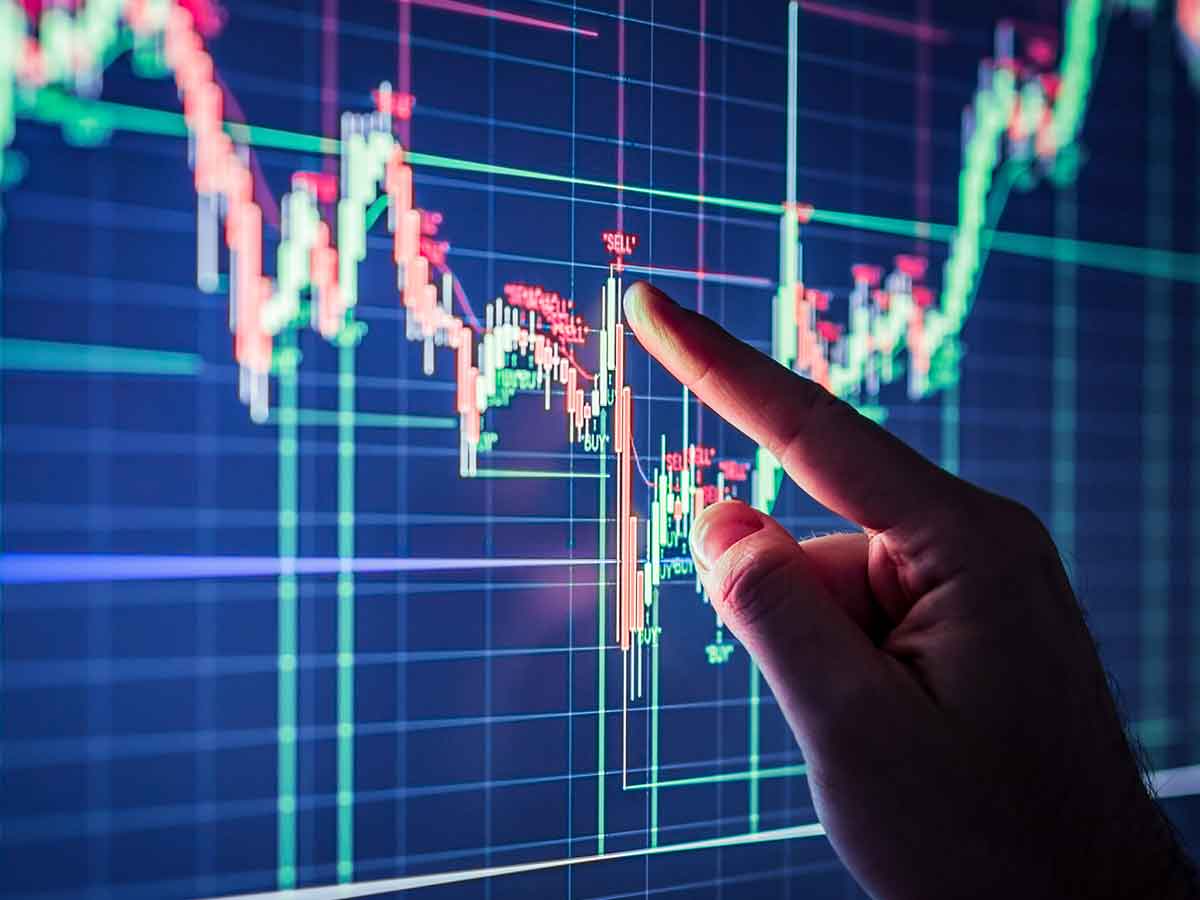
Generally, an automated trading system is a computer program that tries to take advantage of the speed and computational resources of a computer. Typically, the program is pre-programmed with trading instructions and is able to calculate trade genius and make decisions based on information like price, volume, time and other variables.
Drawbacks
Whether you are a long-term investor or a novice, automated trading can be a good way to diversify your portfolio, and to protect your investments from the vagaries of the market. However, it is important to weigh the advantages and disadvantages before making a final decision.
While it is true that there are pros and cons to automated trading, it can be a very effective tool if you are willing to put in the time and effort to learn how it works. It can help you to avoid overtrading and to keep your emotions in check. It also can take the guesswork out of investing by identifying profit opportunities through ultra-fast market scans.
It is difficult to measure the effectiveness of a previous investment, and it is not always possible to analyze data and determine the risk profile of a potential investment. Automated trading systems can allow investors to do that, and more. It is important to choose an automated system that offers the most consistent price quotation, and provides access to a variety of markets.
Evolutionary computation
Increasing computational power and advances in computer architecture have allowed for evolutionary computing, a form of artificial intelligence. It has gained popularity as a computational approach that is highly efficient in solving complex problems.
Evolutionary computation has several variants. In its simplest form, evolutionary computation uses genetic techniques to develop programs. These programs are scored for the task they perform. In addition, it can introduce a notion of fitness, based on the quality of a solution.
A new kind of artificial evolution is opening up new horizons for biologists. This type of algorithm could be used to find original solutions to previously intractable problems.
Among the advantages of evolutionary computing are its flexibility, parallelization, and the fact that it is self-adaptive. It is also more effective than traditional optimization methods.
Low-latency event triggered trading system design
Developing a low-latency event triggered trading system is challenging. The challenge is to develop an architecture that can process an order within one microsecond. With modern stock markets being ultra-competitive environments, the speed of the trade is crucial to profitability. Fortunately, there is a solution. It is a low latency microservices framework. This type of architecture delivers the performance of a bare machine while offering a more flexible, modular approach.
The best way to design a low-latency event triggered system is to consider the various components of the system and their interactions. In the example below, a single market event is processed by a matching engine that sends a status update to a trading gateway. This update is then forwarded to a web-event listener. The web-event listener saves each event to a database.
Algorithmic trading
Getting started with an automated trading system is a great way to increase your profit margin. The system will monitor the market for the conditions that match your trading instructions. If they do, it will send you an order that will close out your trade.
The process is fairly simple. The computer program calculates the quantity, the price, and other characteristics of the order. When the time, price and conditions are right, it executes the order. The program also reacts quickly to changes in the market.
One downside to automated systems is that it can miss orders. It can also generate duplicate orders. This means that if your internet connection drops, you might not get your order in.
The best automated trading systems should be able to backtest the strategy against historical market data. The results are used to validate the strategy against current data.
Trality
Traders have been using automated trading systems for decades. The upper echelons of the financial world are reaping the rewards of these sophisticated systems. However, 80% of private investors are losing money. It's not the robot's fault - it's their own biases and emotions.
One of the largest and most popular automated trading system platforms is Trality. It's a cloud-based platform that allows users to automate their trading strategy. It's a great solution for both novice and advanced traders.
It's built on Python API and provides a simple graphical user interface. It's an excellent tool for beginners who want to develop their own trading bots. It's also useful for experienced Python programmers who want to create market-beating trading bots.
It has a wide range of features and includes an easy-to-use Python API and debugger. It's also compatible with a variety of packages and indicators. The code editor can be used to develop custom algorithms and logic for your trading bot.





